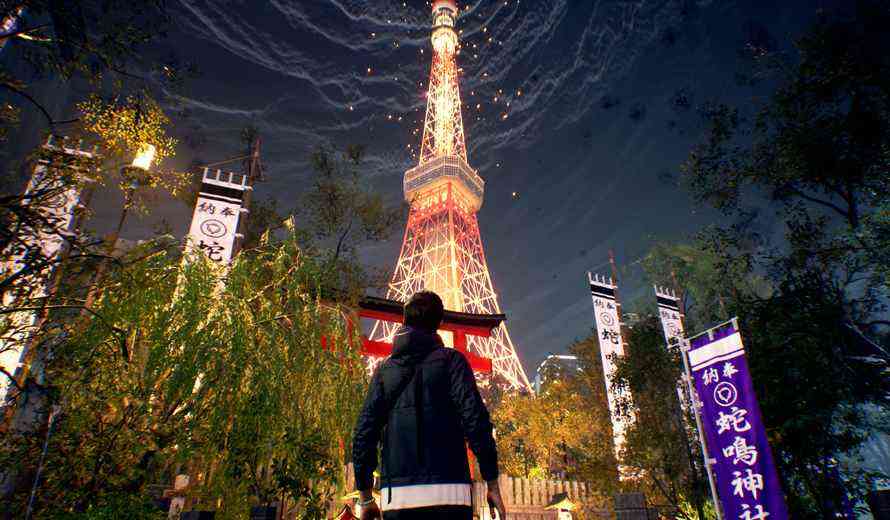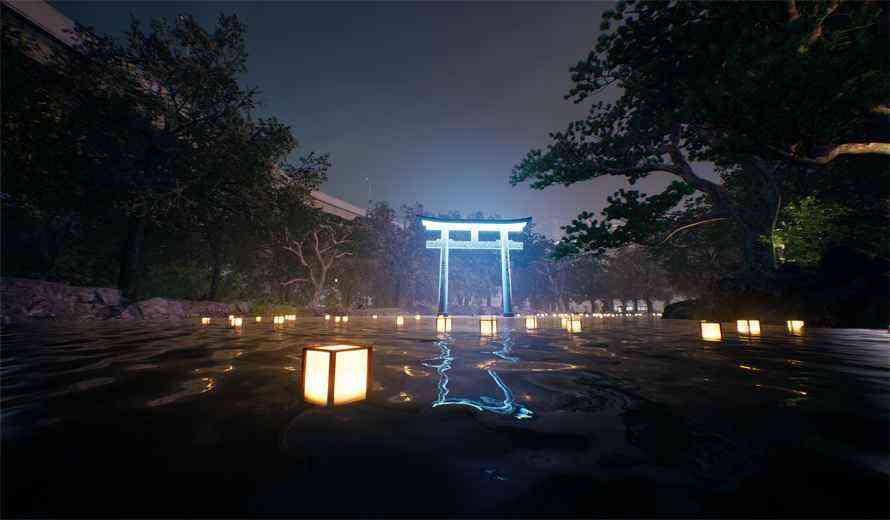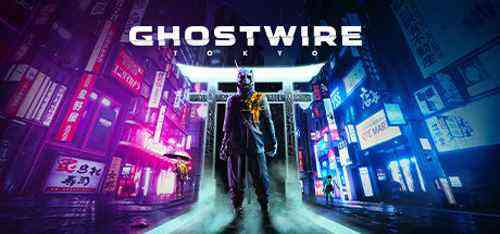Ghostwire: Tokyo (Xbox X/S) Review
As we noted a little more than a year ago, Ghostwire: Tokyo is an ambitious game that mixes genres and plays with several interesting ideas. It’s a shooter that’s more focused on magic than guns, with supernatural horror elements lurking in the shadows. Now that it has landed on the Xbox Series X/S, is it worth revisiting, or diving into for newcomers?
Still Haunted Tokyo
For anyone who followed the game since it was announced, you might recall the very first trailer. It showed modern-day Tokyo, with crowds of shoppers and commuters disappearing into wisps of smoke. It was evocative and intriguing. When it comes to setting and narrative. Ghostwire: Tokyo delivers. For one thing, its recreation of Tokyo’s famous Shibuya district is incredibly detailed. It’s awash with the glow of reflected neon, filled with malevolent ghosts and the spirits of residents needing to be recovered.
As an open-world playground, Shibuya is filled with interesting places to visit like temples, underground areas, apartments, stores, and more. There’s a lot of verticality and a grappling hook-type mechanic for leaping from rooftop to rooftop. Thanks to a suite of graphics options, the Series X/S version of the game can look pretty stellar. On the downside, there can be framerate issues, input lag, and annoying visual artifacts in the quality modes. It isn’t a totally smooth experience.

Ghost Hunters
Although dense with Japanese folklore, Ghostwire: Tokyo has a relatively straightforward narrative premise. You play as Akito, who awakens after an accident to a city utterly transformed. A dense fog has enveloped Shibuya, turning its residents into demonic entities or spirits trapped in a sort of limbo. Akito’s sister, Mari, is in a coma and seems to be under the power of a mysterious man in a frightening Hannya mask. The big bad needs Mari to complete a powerful ritual and Akito must rescue his sister and bring order back to Tokyo.
Of course, all heroes need an ally. For Akito, a sidekick comes in soul form, the disembodied spirit of a ghost hunter named KK, now merged with Akito. KK feeds instructions, asides, and lore to Akito. More important, KK grants Akito a range of supernatural powers. Together they push back the evil energy enveloping Shibuya, free innocent souls, and inch closer to defeating the man in the Hannya mask.

While KK has his annoying moments, a well-written and acted genuine rapport between host and spirit cooperator is evident. There’s a bit of repetition in enemy and mission design throughout the 20+ hour campaign. Jumping back and forth between KK’s supernatural power and Akito’s more conventional abilities is a highlight of Ghostwire: Tokyo.
Trippin’ in Tokyo
When I reviewed Ghostwire: Tokyo on PS5, I was impressed by the game’s premise, lore, and environments. I also liked the idea of its spell-based combat versus more conventional weapons. Drawing runic shapes with a controller was, and remains, awkward. While the game has obviously received a tune-up for the Xbox release, movement and combat animations are, by accident or design, still less fluid than some other action titles in the genre.
For the Xbox release, the game has a significant number of changes and additions including new enemies, new abilities, new upgrade paths, polished-up cinematics, photo mode improvements, a large new zone, and a slew of side missions. For those really into the game’s combat, there’s the Spider’s Thread Update, which introduces a 30-floor tower of non-stop combat.
Generally, the game’s main missions are excellent but the side content — although lore heavy — sometimes can feel like a distraction from the narrative momentum. The enemies are much the same, and so is the combat.

Second Time Around
Anyone who played and enjoyed Ghostwire: Tokyo the first time, and has Xbox Game Pass, will certainly want to make another run at it and check out the improvements and new content. For those who missed it at release, it’s maybe even easier to recommend Ghostwire: Tokyo now. Be warned that the first few hours ramp up fairly slowly and the supernatural combat is both creative and a little unpolished. Still, the narrative, world-building, lore, and unique approach to the first-person action game help make Ghostwire: Tokyo both successful and a bit different.
***Xbox Series X code provided by the publisher for review***
The Good
- Beautiful and haunted environments
- Interesting action combat
- Compelling narrative
- Lots of lore
The Bad
- Some performance issues
- Not much enemy variety
- Movement feels deliberately slow

